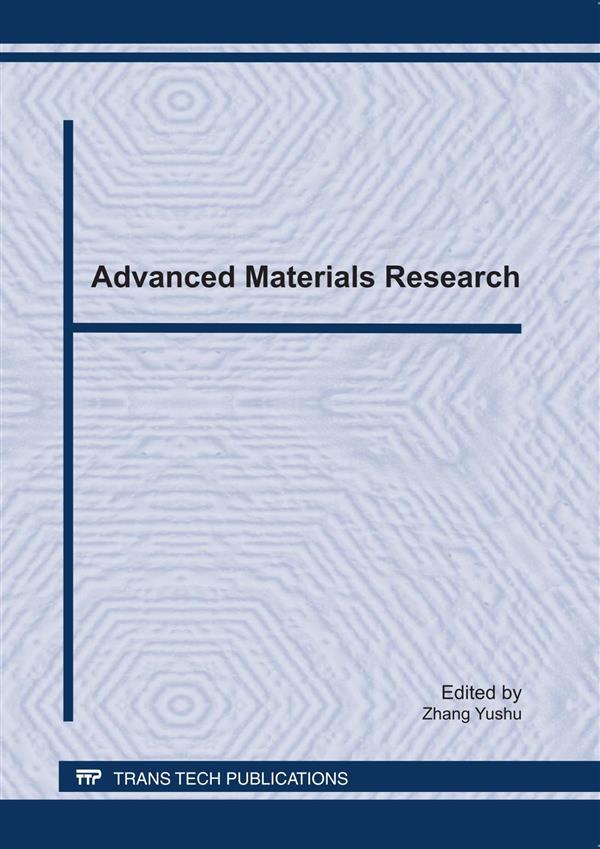Engineering Research
Materials Science
Engineering Series
Advanced Materials Research (ICAMR)
Description:
These proceedings comprise the refereed papers presented at the International Conference on Advanced Material Research (ICAMR 2011) held on January 21 - 23, 2011 in Chongqing, China. The main goal of this, and other events, was to provide an international scientific forum for the exchange of new ideas in a number of fields via in-depth discussions with peers from around the world. Both inward research; core areas of advanced materials research and outward research; multi-disciplinary, inter-disciplinary research and applications were covered; thus providing a thorough overview of the subject.
Purchase this book:
Info:
Review from Ringgold Inc., ProtoView:
This collection of 120 papers from the January 2011 conference presents the results of experiments on ceramics, alloys, and composites being developed in China for advanced manufacturing, building, and industrial processes. Four papers from Kunming University of Science and Technology analyze the thermal behavior of polyaniline nanocomposites, carbon dioxide absorption by lithium silicate, and polyaniline morphologies for removing rhodamine B dye from wastewater. A pair of papers from Hubei University of Automotive Technology describes ethylene polymerization by the thioether bridged dinuclear titanocene complex. Other topics include water system distribution modeling, the regional impact of high-speed rail, a W-CDMA system based on IP functions, and 3D computer simulation of plain knitted fabrics.

